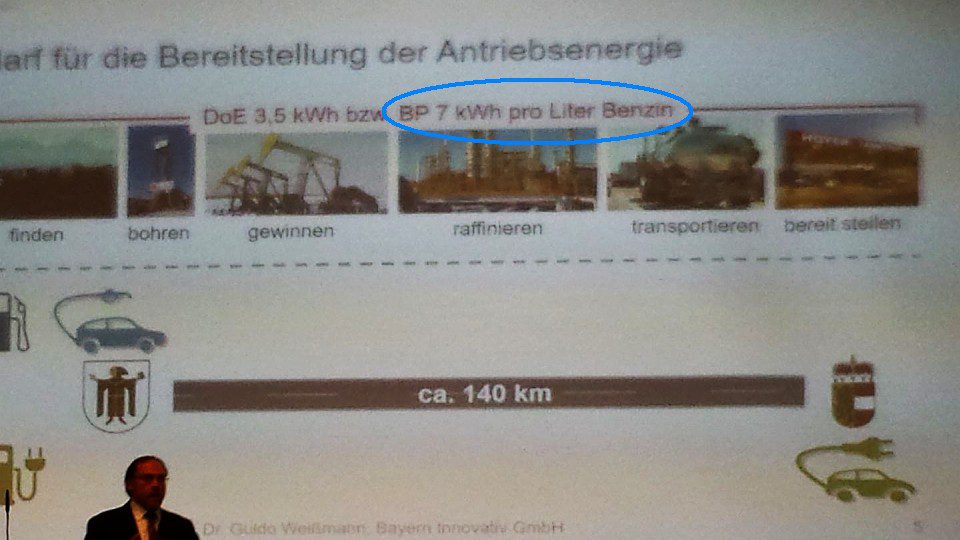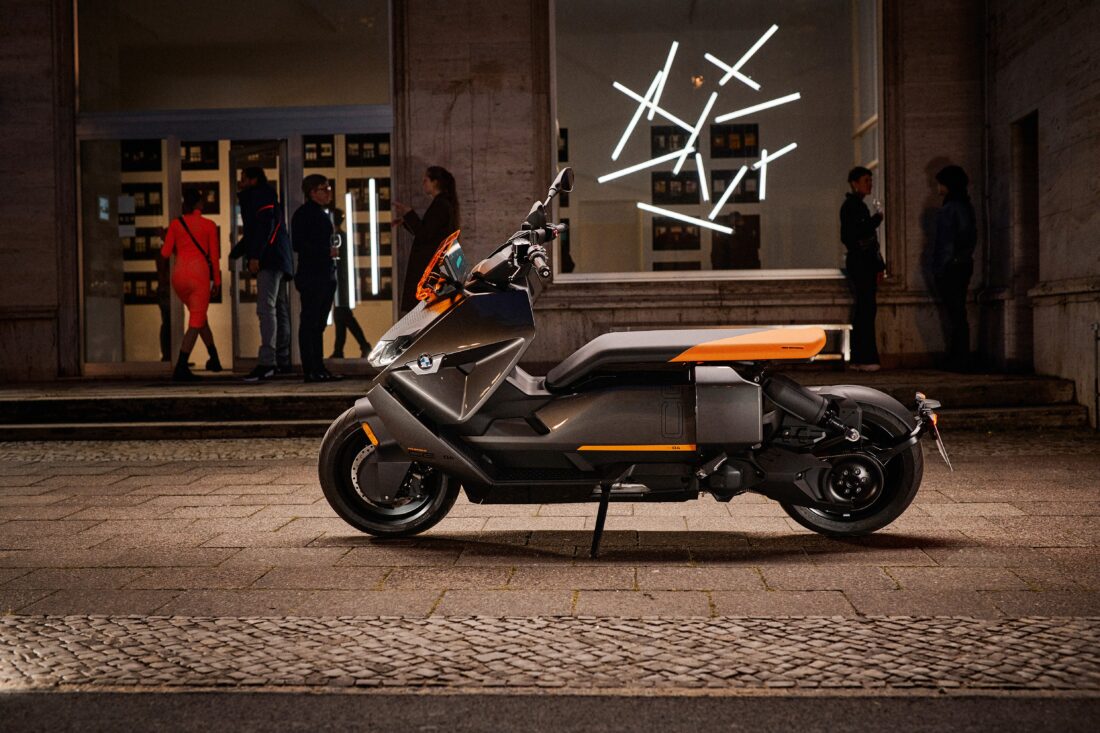
How much CO2 is generated as a result of burning a liter of gasoline or someone who drives a gasoline engine is driven by an electrician IN PARALLEL
Content
How many kilograms of carbon dioxide are produced when 1 liter of gasoline is burned? It depends on the combustion conditions, but according to the Department of Energy, this is 2,35 kg of CO.2 for every 1 liter of gasoline. This means that the person driving the combustion vehicle is consuming fuel and enough energy to meet the needs of at least 1 EXTRA EV. Why? Here are the calculations.
Table of contents
- 1 car with internal combustion engine = 5 l + 17,5 kWh / 100 km
- Carbon dioxide emissions from an electric vehicle
- The owner of an internal combustion engine actually drives two cars at the same time.
We just stated after the Department of Energy (source) that when 1 liter of gasoline is burned, 2,35 kg of carbon dioxide is formed.what goes into the atmosphere. Suppose now that we are driving an economical internal combustion car that burns us 5 liters of gasoline per 100 kilometers when driving slowly - such results were achieved by the small Hyundai i20 with a naturally aspirated 1.2 engine, which we had the opportunity to drive.
These 5 liters of gasoline per 100 kilometers emit 11,75 kg of carbon dioxide into the atmosphere. Let's remember this number: 11,75 kg / 100 km.
Carbon dioxide emissions from an electric vehicle
Now let's take an electric car of the same size: the Renault Zoe. With the same smoothness of movement, the car consumed 13 kWh per 100 kilometers (we tested in similar conditions). Let's move on: Poland is now broadcasting on average 650 grams of carbon dioxide for every kWh (kilowatt-hour) of energy produced - live values can be different, which is easy to check on electricMap.
> Electric vehicle charging stations on Google Maps? Are!
So driving a Renault Zoe was causing emissions 8,45 kg CO2 per 100 kilometers... There are differences between an internal combustion engine and an electric vehicle, but it is difficult to consider them gigantic: 11,75 kg versus 8,45 kg COXNUMX.2 for 100 km. If we take into account the maximum possible losses during energy transfer and during charging (we assume: 30 percent; actually less, sometimes MUCH less), then we get 11,75 versus 10,99 kg of CO.2 on 100 km.
There is almost no difference, right? However, our calculations do not end there. The Department of Energy reports that it takes 1 kWh of energy to produce 3,5 liter of gasoline (BP mentions 7 kWh):

The owner of an internal combustion engine actually drives two cars at the same time.
Since we initially referred to the Department of Energy, let's also assume a lower value here: 3,5 kWh for every 1 liter of gasoline. So our an internal combustion car burns 5 liters of gasoline Oraz consumes 17,5 kWh of energy.
This means that the energy that we used to feed gasoline into the tank of our internal combustion car would be enough to power a second identical electric vehicle. Or to put it another way: in order for our Hyundai i20 to run 100 kilometers, we need 5 liters of fuel. Oraz There was enough energy to cover 100 km of the Renault Zoe. 100 plus 100 kilometers is 200 kilometers.
> How much battery capacity did Tesla Model S vehicles have over the years? [LIST]
To sum up: after driving 100 kilometers in a combustion vehicle, we consume enough energy to cover at least 200 kilometers – at least in terms of emissions. And our an internal combustion engine burns 5 liters + 17,5 kWh / 100 km, i.e. 3,5 kWh of energy for every 1 liter of gasoline burned whether we like it or not.
This last objection is important because we ALWAYS get gasoline in the same way: oil is extracted from the ground, refined and transported. On the other hand, we can generate electricity ourselves, for example by placing photovoltaic panels on the roof. It is also for this reason that we have not included the entire coal mining process in energy production.
Important note: in the above calculations, we assumed the average COXNUMX emissions in Poland. The cleaner the energy we produce, the wider the range will be for the same emissions, that is, the calculations will be more and more disadvantageous for a car with an internal combustion engine.
This may interest you:

